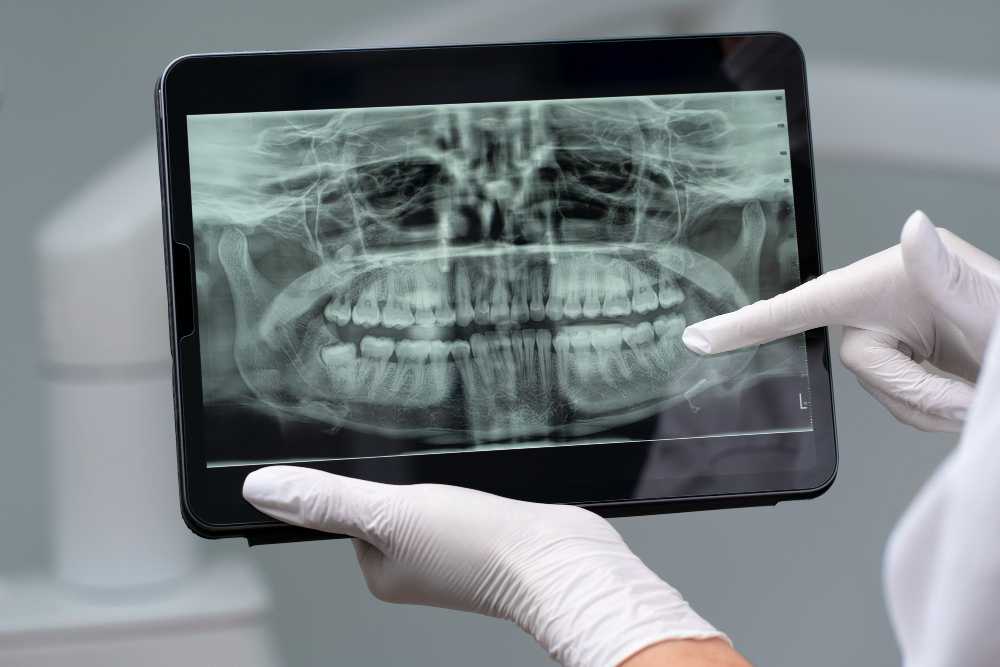What Is a CT Scan Dental Without Contrast?
A CT (computed tomography) scan dental, sometimes recommended for jaw or oral cavity evaluations, can also provide valuable information about nearby structures like the lungs. “Without contrast” simply means the scan does not involve injection or ingestion of a dye. It is quick, non-invasive, and ideal for people who might have allergies to contrast materials.
Why Might a Dentist or Doctor Order This Test?
- Lung Screening: Sometimes, a dental CT scan can help spot incidental findings in the lungs, such as infections, masses, or other abnormalities.
- Preoperative Assessment: Before oral or maxillofacial surgery, doctors often want a detailed look at both jaw and lung tissues to rule out any underlying chest conditions.
- Evaluation After Trauma: If there’s been facial injury, a CT scan can help detect hidden lung issues like pneumothorax (air in the chest cavity).
Benefits of Choosing No Contrast
- No risk of allergic reaction to dye.
- Shorter procedure time.
- Suitable for patients with kidney problems or past reactions to contrast agents.
What to Expect During the Scan
A dental CT scan without contrast is a painless procedure. You will lie still on a table while the scanner rotates around your head and chest area. The process usually takes less than 15 minutes. You can breathe normally, and there is no need for special preparation in most cases.
Safety and Side Effects
CT dental scans use low-dose X-rays and are considered very safe, especially since no contrast dye is involved. Your radiation exposure remains limited, similar to a set of standard X-rays. Discuss any concerns about radiation exposure with your doctor, especially if you require multiple scans.
Who Should Consider This Scan?
- Individuals with unexplained dental or jaw pain and respiratory symptoms.
- Patients needing preoperative medical clearance for oral surgery.
- People at high risk for lung diseases but unable to undergo contrast testing.
How to Prepare
- Tell your provider about any medical conditions or past reactions to tests.
- Remove any jewelry or dental appliances before the scan.
- Arrive a few minutes early to complete paperwork if needed.








